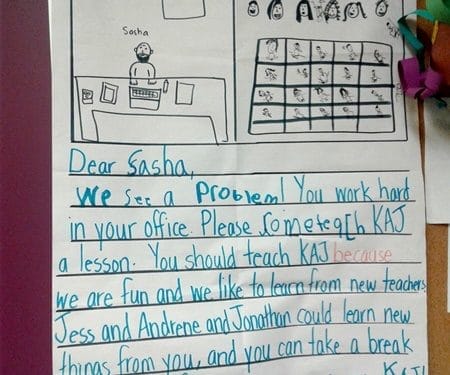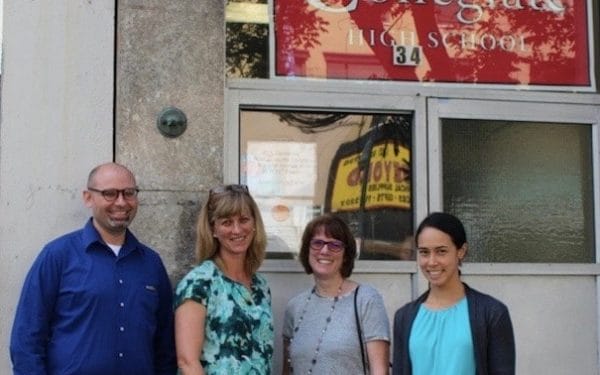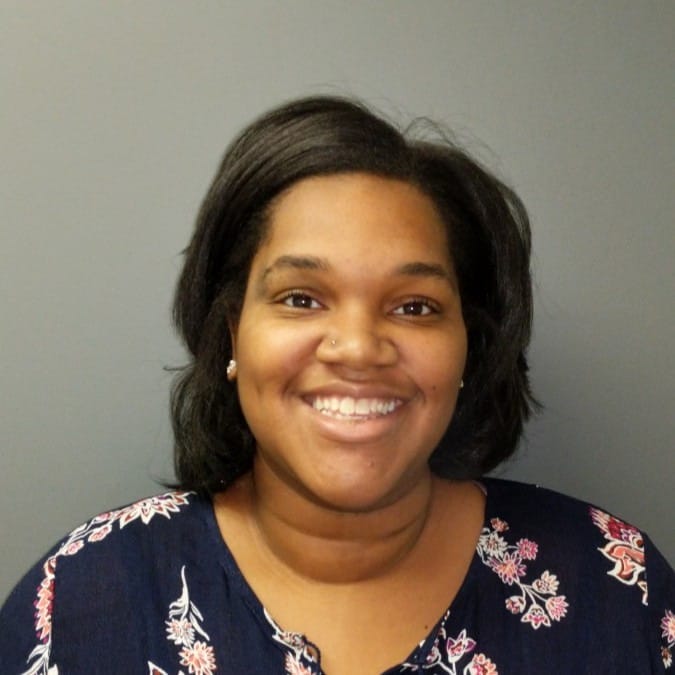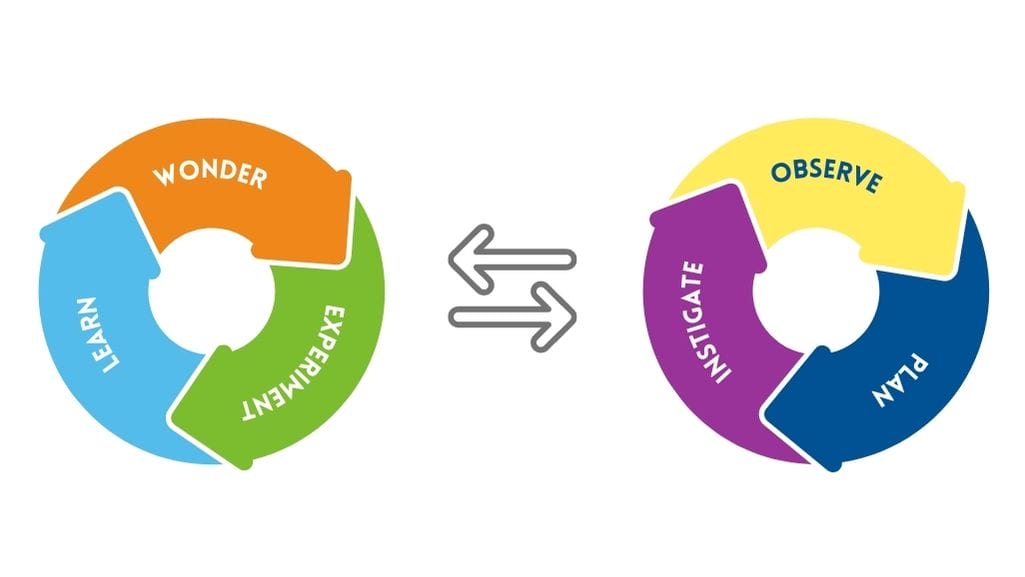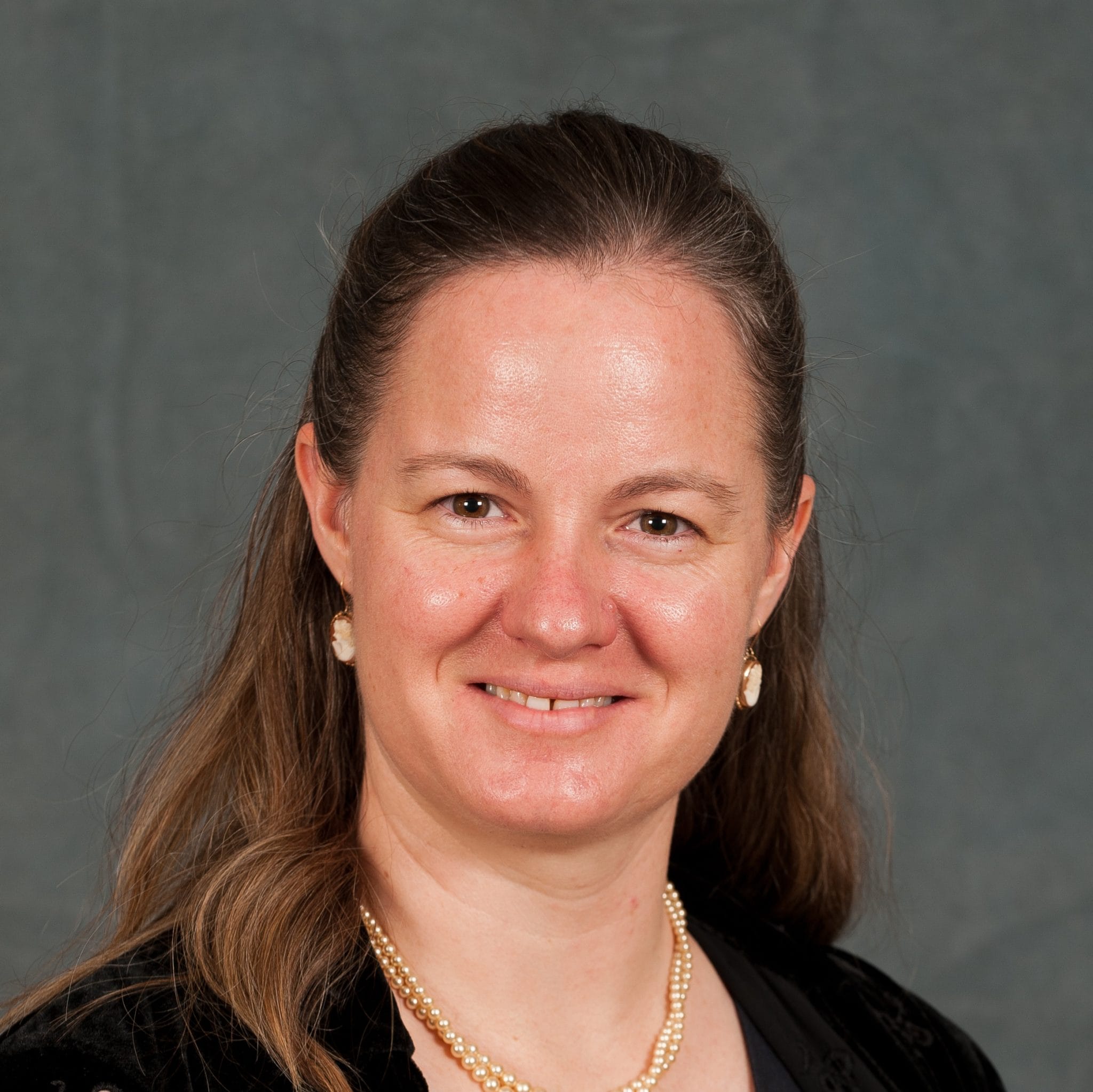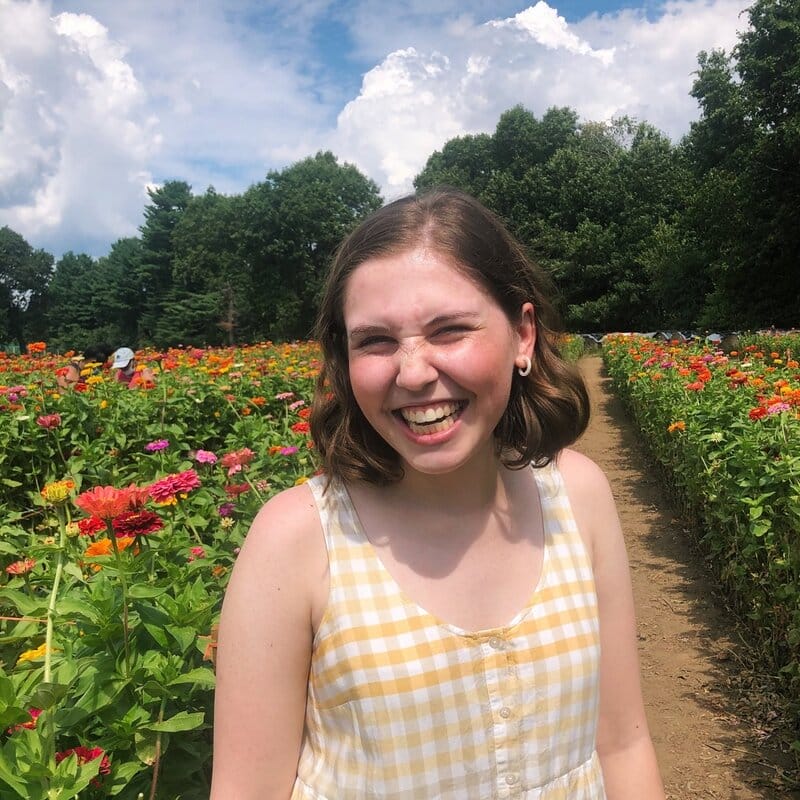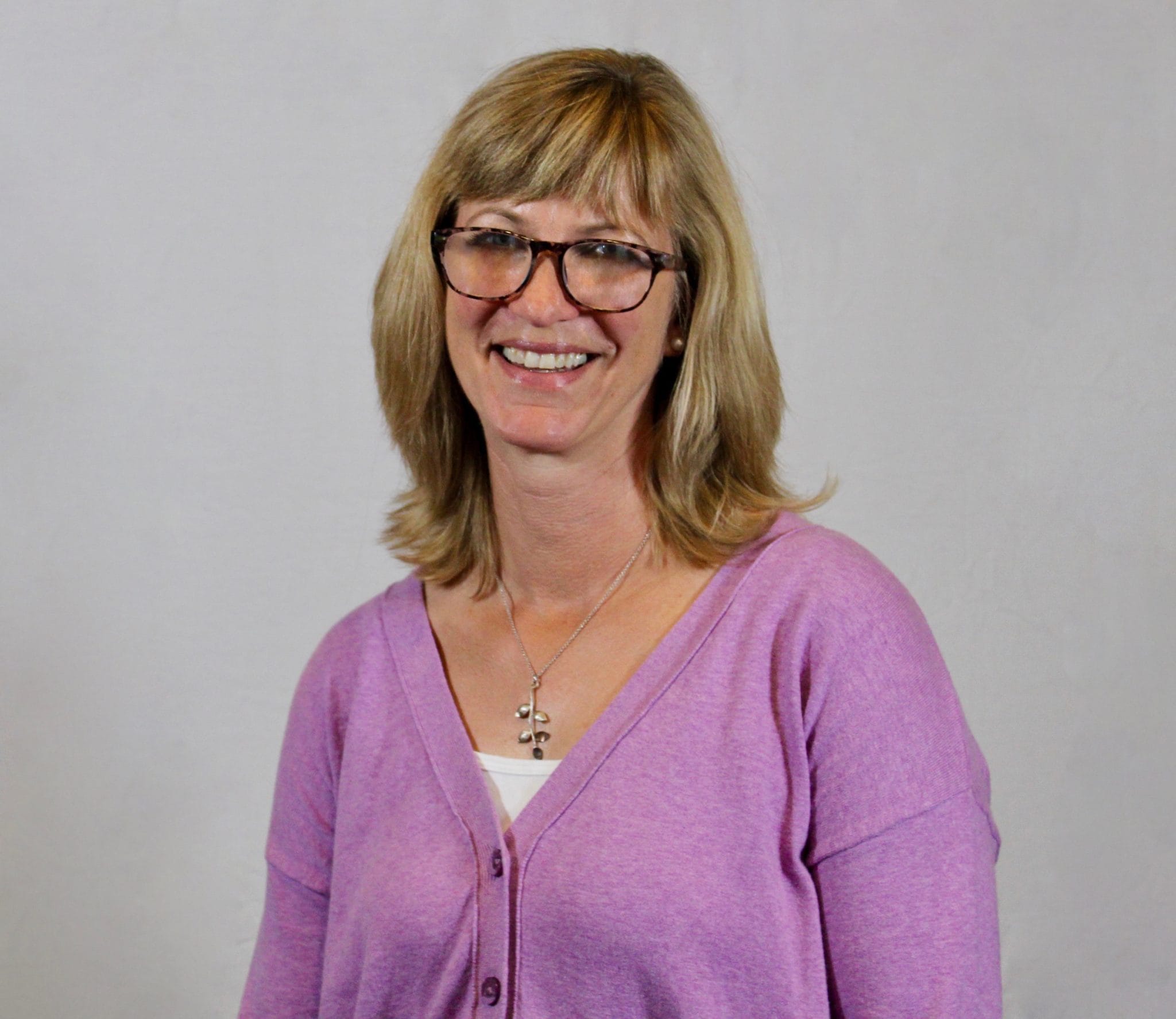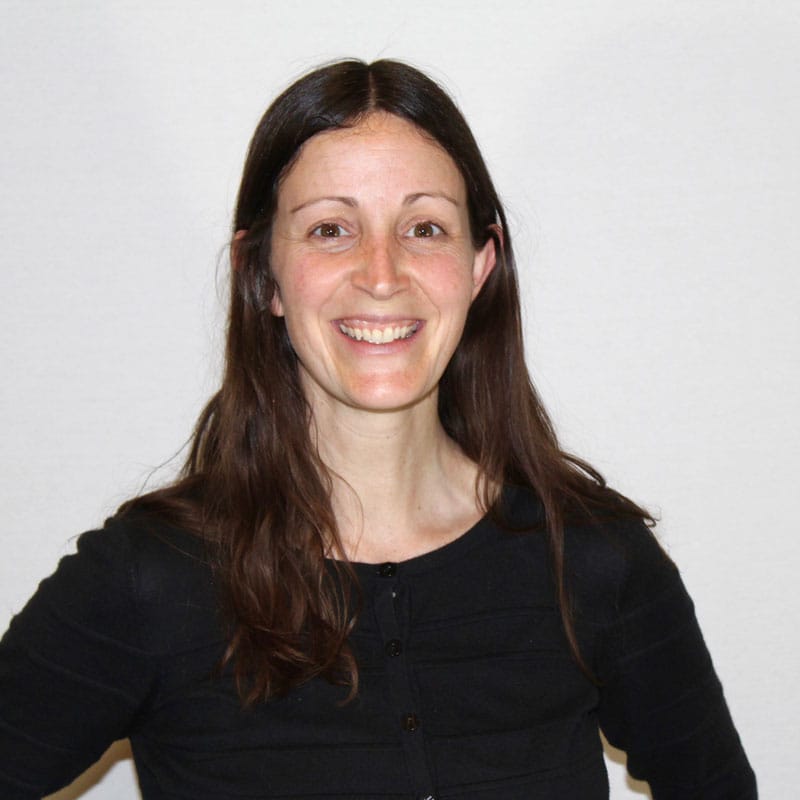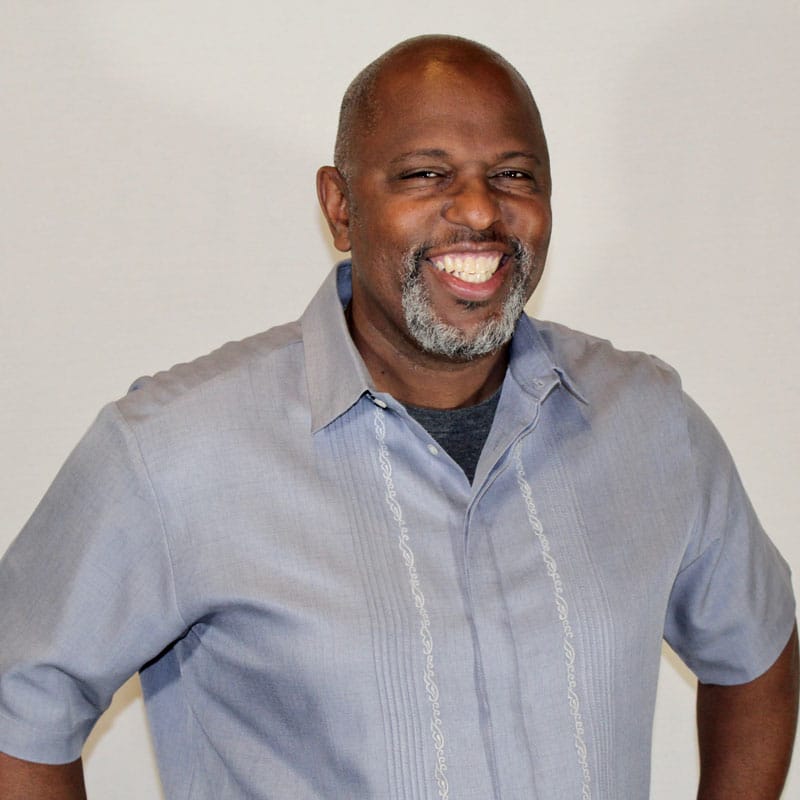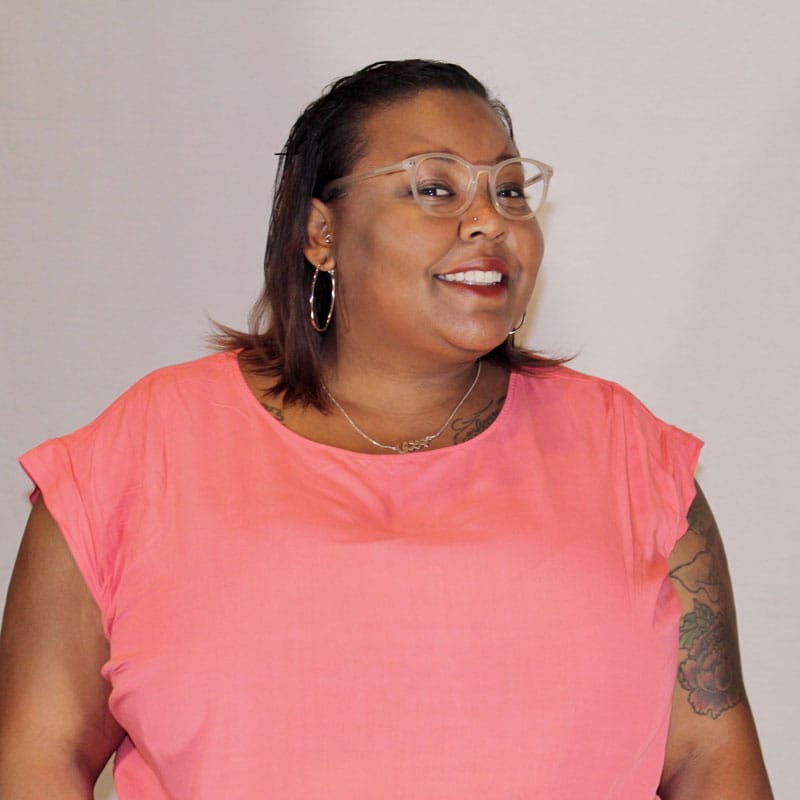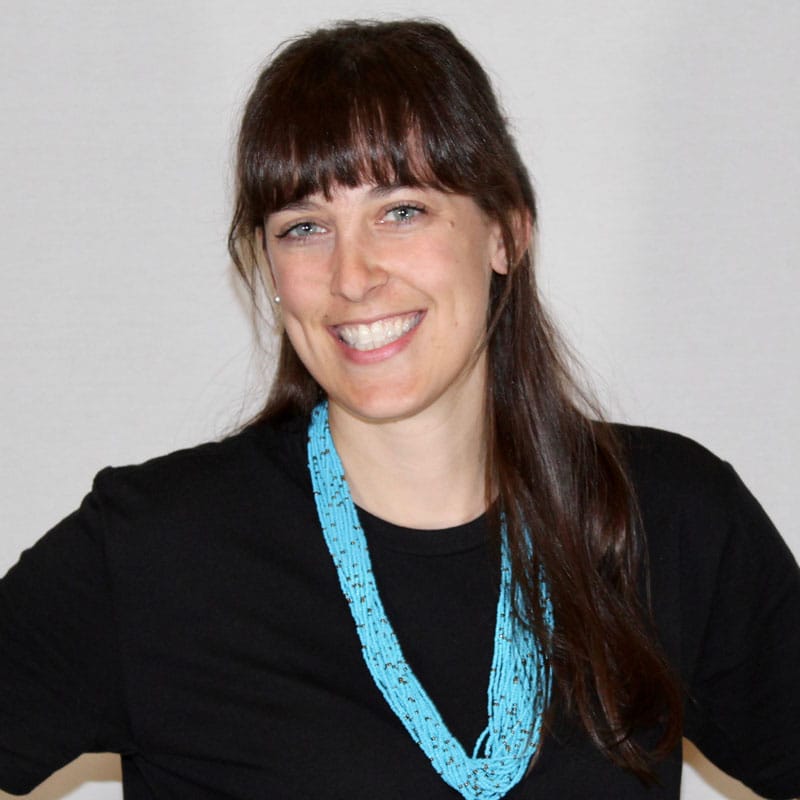Mary Kadera serves as Interim Executive Director at Center for Inspired Teaching. She has more than 25 years of  experience in the education field, beginning with her career as a high school teacher. Most recently, Mary has worked as a consultant with nonprofits including The George Lucas Educational Foundation, Learning Forward, TED, PBS, and others.
experience in the education field, beginning with her career as a high school teacher. Most recently, Mary has worked as a consultant with nonprofits including The George Lucas Educational Foundation, Learning Forward, TED, PBS, and others.
Early in my tenure at Inspired Teaching, I had the opportunity to visit two intriguing schools in New York City. Kicking off a fall tour of more than a dozen such site visits across the country, I joined three of my coworkers plus two colleagues from the Astra Center for Innovative Education on visits to the Bronx Community Charter School (BxC, K-8) and Harvest Collegiate High School.
Honoring Lives, Taking Care of Learning
As my colleagues and I unpacked our gear in the office of BxC co-directors Martha Andrews and Sasha Wilson, this message from one of the school’s kindergarten classes caught my eye:
This message was just the first of many signs that BxC had created a different kind of community among its students, teachers, administrators, and family members, and that it was taking great care to cultivate strong, mutually respectful relationships between all the adults and children in that community. I don’t mean the kind of lip service that some schools pay to the words “relationship”, “respect”, and “community.” I mean something that is purpose-built into all aspects of the school and that demands time, commitment, and resources.
At BxC, this takes the form of intentionally small student groupings that are co-taught by teachers tasked with knowing their students deeply and with developing curricula that respond to students’ needs, interests, and abilities. The school pushes teachers to be reflective, curious, dynamic team members and takes great care in hiring. “We want passionate people who are willing to put in the intellectual engagement it takes to do this job,” says Jeannine King, BxC’s director of student support. Parents participate in teacher hiring committees, one of many ways that families play non-traditional roles in the BxC community.
New teachers are welcomed in advance of the annual start date for returning teachers, paired with veteran BxC staff members, and encouraged to take a paid lunch once a month outside the school building to talk through any issues they might be experiencing. The school makes a point of carving out time and money to take all staff on an annual multi-day retreat to a working farm. Getting to know each other outside of the school setting helps staff members “honor each other’s real lives,” explained third-grade teacher Kemi Aiyedun, and sets the tone for a community where “both students and staff are known as whole individuals.”
These and other macro-level practices of building relationships yield countless moments of strong relationships at the everyday level, like what we witnessed in one of BxC’s first-grade classrooms. When a student was having trouble attending to the task at hand, his teacher asked him, “Do you think this spot might be a problem?” “Yes,” the student replied. “Thank you for being honest,” his teacher continued. “Where do you want to move to? You can choose. Where can you learn better?” Once the student moved, the teacher and the student’s classmates give him a “shine” (jazz hands) for “taking care of his learning.”
Think for a moment about the other ways how that situation could have played out. A public demotion on a behavior chart, a time-out, disruption of other students’ concentration, an expression of frustration or ridicule — we’ve all seen the alternatives (or maybe lived them firsthand).
Agency and Belonging
My colleagues and I visited several schools last fall that were very different in some ways — and yet all felt the same to us. When we met late in January to reflect on these site visits, plus the phone interviews with approximately 30 schools that had preceded them, we initially struggled to put into words the common elements that gave us this feeling about these schools.
Across student demographics, grade levels, geographic location, and public/private/charter designation, what the most exciting and innovative schools shared was a profoundly different and meaningful relationship among teachers, students, administrators, and families. It was a relationship characterized by mutual respect, reciprocity, trust, and autonomy. There were other values and practices at play in each of these schools, to be sure, but my colleagues and I believe that all other elements of these schools are predicated on this core of radically reimagined relationships. It looks like this:
We call this engagement-based education. It takes place in a learning community where each child is known deeply and where each member of the community — adults and youth alike — feels agency and belonging. In engagement-based education, instruction is highly relevant, and teaching is honored as a creative endeavor; both educators and students find challenge, joy, and purpose in the work they are doing. Students and teachers have real responsibility, make important decisions, experiment, take risks, and return home each day knowing that they engaged in meaningful work.
Engagement-based schools are unafraid to question their own beliefs and practices. They are committed to dismantling systems that perpetuate inequity in education so that every learner is able to be her best self, now and in the future.
Schools committed to engagement-based education may not look similar, because they’ve adopted specific strategies tailored to their local context and/or because they are at different points in their journey to move away from conventional, compliance-based practices. However, throughout our cross-country journey, we found that they feel similar — and we believe this is because genuine, mutually respectful, radically reimagined relationships were immediately and abundantly evident.
National Alliance for Engagement-Based Education
If this is true, think for a minute about what it would mean for how we prepare, develop, and evaluate teachers. What competencies would take the highest priority? How would we organize the school day? What criteria would we use in our decisions about time, money, physical space, staffing, wraparound services, and other resources?
Right now we’re busy writing up our road trip to share what we’ve learned. We’ve launched an initiative we call the National Alliance for Engagement-Based Education (NAEBE). Our first report will outline the findings from our school interviews and visits to provide other schools, districts, and nonprofit organizations with inspiration and practical guidance for how they can build engagement-based cultures, teaching, and learning. By embracing a set of commitments with reimagined relationships at the core — as pictured above, and as we saw at Bronx Community School, Harvest Collegiate, and many other schools — we believe that every member of a school’s community can enjoy more meaningful, successful, and deeply satisfying work.
We look forward to sharing more next month — watch this space for the full report! Additionally, if you share our commitment to providing every student with an authentically engaging education, we hope you’ll promote our message and collaborate with us in the next leg of our journey. You can reach us here.
